Shh! Secrets of Greater Williamsburg
From Virginia’s largest winery to the country’s first folk art museum to an authentic meadery, there’s so much more to Greater Williamsburg than meets the eye.
Psssst. Hey, you. Over here. Let us tell you a secret. We sent our modern-day spies into the shadows to uncover Williamsburg’s most surprising attractions, unexpected experiences, and little-known facts for your visit.
Cheers!
Did you know that … Copper Fox Distillery is the only distillery in North America to hand malt barley for its single malt whiskey, rye, and gin — called VirGin because it uses locally grown grain? It is also the only distillery in the world to use apple and cherry wood to flavor its barley, giving the spirits a unique flavor. The distillery is open for tours and tastings from 10 a.m. to 6 p.m. Wednesday through Saturday and from 1 p.m. to 6 p.m. on Sunday.
Spies Like Us
Did you know that … Williamsburg has been infiltrated by “real-life” TV spies from AMC’s Revolutionary War-era drama, TURN: Washington’s Spies? You might catch them when the show films in Williamsburg from time to time. Filming sites include Shirley Plantation, where the barn serves as the show’s jail; Tuckahoe Plantation, which stands in as the home of Judge Richard Woodhull; the Great Hall of the Christopher Wren Building at the College of William & Mary, which appears as the throne room of King George IV; and the streets of Colonial Williamsburg, which substitute for Philadelphia.
Smelling Salts
Did you know that … you can soak in a salt tank to improve your health at the first salt spa on the East Coast? Fifteen tons of Polish and Himalayan salt create the Salt Cave at the Williamsburg Salt Spa. Clients at the spa can sit in the cave or float in tanks, which helps the body absorb a combination of minerals such as potassium, calcium, magnesium, iron, and others. The concept is based on the Wieliczka Salt Mine in Poland, where in 1843 a doctor first cited the connection between working in the mine and the good health of workers. So relax, soak, and breathe in deeply for good health.
Raise a Goblet
Did you know that … you can make like a Viking and drink mead, an ancient honey-based fermented drink, at the Silver Hand Meadery? It offers honey and mead tastings as well as light-food pairings, and allows patrons to watch the mead production.
The Secret Garden
Did you know that … you can take home historic 18th-century additions to your garden from the Colonial Nursery? It’s just one of the often-ignored gardens that are part of the houses in Colonial Williamsburg. Only the very wealthy colonists would have had separate gardens for flowers, herbs, and vegetables so wandering the paths of these landscapes reveals riotous masses of color and food, from peas to rosemary to wildflowers.
Digging Around
Did you know that … archaeologists are still unearthing secrets that are transforming the understanding of how the first settlers lived four centuries ago? You can dig into them on a tour of the 1607 James Fort at Historic Jamestowne. William Kelso, director of archaeology, will take you under the ropes to walk in the steps of Capt. John Smith on the site of this active dig.
Wine Aficionado
Did you know that … you can sample award-winning wines at the largest winery in Virginia? Take the winding driveway through fields of vines at the 300-acre Williamsburg Winery compound. There’s a tasting room and store as well as the Gabriel Archer Tavern. Take a tour, try the tasting, then sit outside in the sun at the Tavern to enjoy dishes made with ingredients from nearby farms and waters.
A-Gamboling We Go
Did you know that … you can enjoy Colonial-era gambols at the Josiah Chowning’s Tavern, one of the best-kept secrets in Williamsburg? Play tavern games, sing along (to sometimes bawdy songs), watch magicians, and laugh at jokes from costumed waiters. The «diversions» start at 5 p.m. Sit at tables that recreate the spirit of a Colonial alehouse with candlelight and order light fare from a menu that includes Brunswick stew, a Virginia ham and cheese sandwich, and Welsh rarebit.
Quilts and Instruments and Dollhouses, oh my!
Did you know that … the Abby Aldrich Rockefeller Folk Art Museum is the first of its kind in the country? This unique museum offers changing exhibitions of American folk art highlighting subjects such as quilting, ship paintings, folk music instruments, and dollhouses. The 424 objects originally donated by Abby Aldrich Rockefeller, the wife of John D. Rockefeller, Jr., and the founder of Colonial Williamsburg, remain the core of the collection. But the museum has grown to more than 3,000 objects.
Secret Agent Man
Did you know that… the Marquis de Lafayette recruited a local black slave as a secret agent, who played a key role in the final battle for American independence? During the Yorktown battle campaign, James Armistead got his master’s permission to assist the Continental Army by infiltrating Cornwallis’s camp, posing as a runaway slave loyal to the Redcoats. He funneled phony information supplied by Lafayette and was one of the first to know that the British were gathering at Yorktown during the summer of 1781, vital information for the Revolution. You can visit the Yorktown Battlefield where on Oct. 19, 1781, British forces under Lord Charles Cornwallis surrendered to the combined American and French armies led by Gen. George Washington, concluding the battle that led to the end of the fight for American independence.
It’s just another one of the secrets you’ll find if you look hard enough.
By: visitwilliamsburg
¿Qué comer en Punta Cana?
¿Te gustaría saber qué comer en Punta Cana? Te lo contamos en este post. En Punta Cana encontramos variedad en lo que a su gastronomía se refiere. Hay una exquisita mezcla de costumbres europeas, indígenas, asiáticas, y es habitual que el coco y el pantano formen parte de los ingredientes principales en muchos de sus platos.
Los platos más típicos de Punta Cana
La gastronomía en Punta Cana presenta una variedad de sabores y estilos. En general, abundan las féculas, el arroz, la patata, el coco, la yuca y la tapioca, que además se suele servir en grandes raciones. Las tres comidas del día suelen consistir en un plato principal -huevos para desayunar y carne en el almuerzo y en la cena-, servido de judías, ensalada y arroz, que nunca suele faltar.
Los platos más típicos que podemos degustar en Punta Cana son los siguientes:
-La bandera Es un plato que consta de arroz blanco, habichuelas, carne guisada, ensalada y plátanos verdes fritos, y que además suele ir acompañado de un zumo de fruta natural. Es un plato sano, fácil de elaborar y tiene buen precio en los restaurantes.
-Los Guineos (plátanos). Se suelen preparar hervidos o fritos, aunque la forma más habitual es en puré. Preparado del mismo modo pero con plátanos verdes se llama mangú, y si le añadimos corteza de cerdo al plato, se llama mofongo. Puede servirnos de acompañamiento a nuestro plato principal.
–El pescado y el marisco. Son platos típicos, sobre todo en zonas costeras. Uno de los platos más comunes es el filete de pescado, que suele ser de mero o de chillo, servido al ajillo, al coco o al criollo (con una salsa de tomate sueva) o a la diabla (con una salsa de tomante picante). Otros pescados típicos en Punta Cana son el cangrejo, el pulpo, la gamba, el calamar y el lambí (caracola).
-El Moro Una mezcla de frijoles, arroz y carne, que en algunas ocasiones se acompañan de bacalao.
-Sancocho Se suele preparar con siete variedades de carne y una mezcla de yuca, papa, plátano, cilantro y otros ingredientes.
-Asopao . Es una exquisita sopa de arroz, pollo y jitomate con cilantro, y en algunos lugares suelen agregarles mariscos. Es un plato que se disfruto mucho en las noches más calurosas
En cuanto a las bebidas, como bien sabes, en Punta Cana se pueden disfrutar de exóticos batidos a base de piña, papaya y zapote, mezclados con agua o leche, y hielo con azúcar. Los refrescantes zumos, jugos o refrescos de frutas, que se preparan al momento con piña, tamarindo o chinola.
El Mabí es otra de sus bebidas más populares, y se prepara con la corteza de vid tropical, un fruto de la región. También, destacamos Mamajuana, una bebida a base de ron que se puede combinar con diferentes ingredientes como canela y clavo dulce.
¿Qué te parecen estos platos para comer en Punta Cana?
Fuente: cosasdelcaribe
Focus on Farm Fresh at Costa Rica`s Best Restaurants
While Costa Rica is still perhaps better known for its lush green natural attractions and awe-inspiring beaches, the fertile land that produces a mouth-watering assortment of fruits and vegetables all year long, and is blessed with the world’s finest tasting coffee and cacao, has been capturing the hearts and taste buds of visitors for ages. With cacao and coconuts dripping from the trees along the Caribbean coast, it’s little wonder why Costa Rica is such a happy, healthy and peaceful place. In between exploring rainforests, climbing volcanos and splashing in waterfalls, make sure to map out a relaxing, refreshing meal . Traditional Costa Rica dishes often include rice and beans; in the morning they’re mixed together into gallo pinto. Later, they’re served as sides in a casado, a traditional Costa Rican plate. La Criollita in San Jose offers an affordable menu and ambiance rooted in Costa Rican tradition, while across town at Le Monastère and Grano de Oro there are exceptional French chefs in the kitchen. Tin-Jo will satisfy your craving for excellent Chinese food, and on the Caribbean coast, organic chocolate tasting, dinner in the rainforest at La Pecora Nera and ceviche by the sea at Sobre las Olas are culinary highlights.
La Criollita
La Criollita is an excellent place for breakfast, lunch, and dinner, and has something on the menu for everyone. The fare is traditional Costa Rican; generous portions of meat, chicken and fish with rice, beans and salad on the side, and big selection of delicious appetizers like Tico-style ceviche and a tasty chicken soup to whet the appetite. There are three dining spaces, a main room that overlooks the big and busy kitchen, a bright and airy side room with art-filled walls, and a charming covered outdoor terrace with a bird garden and wrought iron furniture. There is rarely a wait for a table, but lunch time fills up early with nearby business people, so breakfast and dinner are ideal for settling into a relaxing meal. The coffee is excellent, too,save room for dessert; checkout the options like flan and cheesecake on display under the glass on your way in. Bonus: Full Bar.
Lizard King Café
Whether you’re in the mood for fluffy pancakes made with real organic chocolate or a platter of huevos rancheros, the Lizard King Café has something on its menu for everyone. Burritos at the Lizard King are legendarily delicious flour tortillas stuffed with farm fresh ingredients and topped with special salsa unlike any other. The lunch menu includes a range of farm fresh dishes from traditional casados to Caribbean specialties and twists on Mexican favorites, like the reggae roots nachos and the marlin and pineapple kabobs served with coconut rice. Homemade bread and pastries are treats, as are the cheeseburgers
La Pecora Nera
If delicious authentic Italian cuisine served in a delightful open-air restaurant well off-the beaten track on Costa Rica’s Caribbean coast sounds like your cup of tea, look no further than La Pecora Nera. The Italian chef Ilario is as charismatic as he is talented in the kitchen, and his recommendations of daily specials are always spot on, but you can’t go wrong with anything on the simple yet well-rounded menu. It’s romantic yet family-friendly, unpretentious yet undeniably special, and easily one of the best restaurants in Costa Rica. Ask the chef to recommend a bottle of wine to complement your meal.
Product C
Product C is part of a growing group of restaurants in Costa Rica that embodies the locally grown movement, serving fresh-caught seafood that spends very little time between the water and the table. What started as a beachside fish shop in the surf town of Mal Pais has blossomed into two modern concept restaurants in the capital city of San Jose that serve locally and sustainably caught seafood including four kinds of ceviche and raw warm-water oysters. The chef works with the fishermen directly, then brings his creativity to each dish, and the results are fresh, flavorful, and perhaps even unforgettable.
Tin Jo
Restaurante Tin-Jo has rightfully named itself «the best» restaurant in Costa Rica, offering delicious, healthy Asian cuisine from its home in an original colonial mansion in the heart of San Jose. What started out as a Chinese restaurant in 1972 has blossomed into Thailand, Viet Nam, and Japan for its inspired menu. The menu is full of vegetarian and naturally gluten free options, and the desserts are exotic, decadent, and to-die-for without being bad for you. Tin-Jo also offers yoga and meditation classes throughout the week, and hosts Miercoles Candelas every Wednesday evening, when the lights are turned off in favor of candles. Televisions are nowhere to be seen and cells phones are turned off in the Bamboo Room, a sanctuary annex of Tin-Jo.
Chimera
With a name like Chimera, one might expect an a diverse selection of food, and this Santa Elena restaurant delivers. Every plate is a creative fusion of flavors, many of which are Latin, all of which are wrought from the bounty of local ingredients that only the little enclave of Santa Elena, near the Monteverde Cloudforest, can offer. Tapas are the perfect solution for hungry travelers, and Chimera has a way with them. Perfect for sharing among a group of friends and especially for a romantic tasting dinner, each dish is an inspired fusion. The gazpacho appetizer, coconut shrimp, and ginger margarita all come highly recommended.
Le Monastère
For the well-heeled and epicurious, Le Monastère delivers and then some. Everything is prepared and served expertly, from escargot and French Onion Soup to chef specials like Venison Tenderloin Flambee in Port Wine and Seabass filet in Tarragon Cream Sauce. The menu is extensive and impressive and is enhanced by daily specials and always includes fresh local produce from some of Costa Rica’s best farms and gardens; choose from a wine list 300 bottles long. Even the desserts are too decadent to deny; Oraange Souffl� Cointreau and Cr�me Br�l�e are just the beginning. And as if the food weren’t enough, the ambiance at Le Monast�re is an unparalleled experience: take in a nearly 360 degree from above the city from a historic former monastery decorated in traditional European style down to marble statues, authentic antiques live classical music played on an opulent grand piano.
Sobre las Olas
Perched on the edge of the coral reef overlooking the beautiful coast of Cahuita, Sobre las Olas is a perfect little restaurant that has excellent food to match its ambience. The best seats are outside nestled between the palm trees, where mussels on the half shell and ceviche are fine appetizers to get you in the mood for an excellent meal. Italian owners have created a menu with the home country’s influence but focused on fresh local ingredients and expertly prepared seafood. If you haven’t happened upon it while visiting Cahuita, it’s worth asking to be pointed in the right direction and is a pleasant stroll just north of town.
Doris Metropolitan
Those with a hankering for high-quality meat should look no further than Doris Metropolitan, a stand-out, and stand alone- restaurant in San Jose, Costa Rica- although there is now a Doris Metropolitan stateside, too. Embracing the locally-grown movement wholeheartedly, Doris Metropolitan partners with a cattle farm in southern Costa Rica to specially raise cow that are fed not only grass but pineapple, which gives it a uniquely marbled texture and distinct flavor; both of which tend to be lacking in much of Costa Rica’s beef. Specialties include meat cured all-naturally in a process known as French Dry Aged and Chateaubriand Tenderloin.
10 consejos si viajas a las Vegas por primera vez
¿Qué es lo primero que se te viene a la mente cuando escuchas “Las Vegas”? Si piensas en letreros de neón, clubes nocturnos, espectáculos extravagantes y casinos por donde sea, probablemente intuyas de que tratan Las Vegas… Sin embargo, esto solo es una pequeña parte de lo que realmente ofrece este fantástico destino.
A grandes rasgos es difícil imaginar que una ciudad localizada a la mitad del desierto se pueda convertir en uno de los sitios más visitados del mundo. Pero aunque no lo parezca, con sus más de 40 millones de visitantes al año, Las Vegas se han consolidado como un lugar icónico que todos deberían conocer.
Ahora que comprendemos el porque está es una ciudad fabulosa, es hora de ver los “peros”.
¿Cuál es el problema?
Al igual que hay anécdotas envidiables alrededor de Las Vegas, hay historias de terror que ni a tu peor enemigo se las deseas.
Las Vegas es la capital mundial de los congresos de todo tipo, de las atracciones estrafalarias y de la diversión desmedida, pero… También es un lugar al que debes estar muy preparado antes de ir.
Por esa razón, el día de hoy les traemos una lista de 10 consejos para aquellos viajeros que visitarán por primera vez “La Ciudad del Pecado”.
El clima es raro
Como sucede en las zonas desérticas en todo el mundo, en Las Vegas el clima es extremo (en ambos sentidos).
En los meses de invierno (de enero a marzo), la temperatura suele estar entre 0°C a 20°C. Mientras que en verano (de mayo a septiembre), la temperatura mínima es de 20°C y llegando a máximos cercanos a los 50°C.
Dependiendo de la época del año en la que viajes, es importante tener una idea clara de cómo será el clima. No olvides tu abrigo y/o protector solar.
Trae siempre a mano una guía o mapa
Como sucede cada vez que vacacionamos en un lugar nuevo para nosotros, tener un plan más o menos “claro” hará que podamos sacarlo el mayor provecho a todo el viaje.
Lo ideal es que desde el momento en el que te registres en el hotel, ya deberías de tener alguna guía o mapa para moverte. No te preocupes, hay infinidad de guías, folletos y mapas por todos lados.
Si bien, muchos hoteles ofrecen toneladas de cosas para hacer como para no salir de sus instalaciones, realmente vale la pena visitar lugares emblemáticos en la ciudad, espectáculos, restaurantes o excursiones a las afueras (por ejemplo, el Gran Cañón o la Presa Hoover).
Los taxis son caros y están siempre llenos
Por lo mismo de que las distancias de un lugar al otro son mucho más largas de lo que parecen a simple vista y el clima no es tan benevolente como para recorrer las calles a pie, los taxis son el medio de transporte más utilizado en la ciudad.
La opción más económica y rápida es tomar los autobuses turísticos que pasan por rutas establecidas, sin embargo, si necesitas moverte en taxi, no olvides que la espera puede ser bastante larga.
Usa lo menos posible las tarjetas de crédito
Para evitar que termines endeudado (algo muy frecuente si visitas esta ciudad), trata de usar lo menos posible la tarjeta de crédito y paga siempre con efectivo (en el caso de que sea posible).
Las tarjetas de crédito son excelentes herramientas si quieres conseguir buenas ofertas mientras viajas, Pero si quieres apostar, nunca las utilices.
Busca ofertas para los espectáculos (siempre las encontrarás)
Habitualmente una entrada para ir a un espectáculo en Las Vegas tiene 3 precios distintos para el mismo asiento: el precio nominal, precio de mercado y el de reventa.
Es decir, una entrada que te cuesta en taquilla $100 USD, las puedes conseguir fácilmente en $10 USD si visitas los kioscos en los centros comerciales o los adquieres en páginas web.
Si el espectáculo está muy lleno como sucede comúnmente con el Cirque du Soleil, probablemente termines pagando de más. Fuera de esos casos, para el resto de los espectáculos si habrá buenos descuentos.
Ten un presupuesto claro para apostar en los casinos
Muchos van con la idea de que se pueden volver millonarios apostando, pero la realidad es completamente distinta. Es poco probable que incluso recuperes una pequeña parte del dinero que hayas apostado, es por eso que debes de tener en tu presupuesto un apartado llamado “La cantidad de dinero que estoy dispuesto a perder”.
Ya que tengas esa cantidad, tenla en mente cada que vayas al casino, o algo mucho mejor, desde el primer día saca esa cantidad en efectivo del cajero automático (ATM) y guárdalo en tu billetera el resto del viaje.
Si juegas, no bebas
Ya que estamos tocando el tema del juego, si eres un novato en este mundo, evita ante todo beber.
No es de extrañar que el alcohol nos hace actuar como unos completos idiotas; algo así como si fuéramos “los reyes del mundo”… Ahora imagina cuando estamos hablando de situaciones con dinero de por medio. Terrible, ¿no?
No te quedes más de 3 días
Por extraño que parezca, Las Vegas no es un destino para estar muchos días. Incluso algunos dicen: “Si te quedas más de una semana en Las Vegas, probablemente nunca en la vida vuelvas a ir”.
¿Por qué? Esto se debe a lo ajetreada y cara que es la ciudad. Aunque no lo creas, entre más tiempo estés, más te vas a cansar y probablemente termines hipotecando tu casa para pagar las deudas de juego.
Si tienes la posibilidad, no viajes en fin de semana
Por la ley de la “oferta y demanda”, los precios suelen aumentar cuando hay más personas y en el caso de Las Vegas esto se nota mucho más que en otros destinos.
Los fines de semana son los días con mayor afluencia de viajeros en Las Vegas. Esto se debe principalmente por ser uno de los destinos de escapada de fin de semana de ciudades como Los Ángeles y San Francisco (a solo unas cuantas horas en auto).
Ten la mente abierta
Tenemos tantas ideas preconcebidas sobres Las Vegas gracias a la televisión y las películas, que parece que el “factor sorpresa” se ha perdido.
Es cierto que Las Vegas es de los pocos lugares del mundo que supera fácilmente las expectativas de cualquiera, sin embargo, lo mejor para que disfrutes el viaje al máximo es tener la mente abierta y dejarte llevarte por todo lo que te ofrece la ciudad.
Conoce, pregunta e investiga. Olvida todo lo que imaginabas sobre Las Vegas y simplemente disfruta el momento. No hay duda que esta es la forma correcta de visitar la ciudad.
Fuente: viajetip
8 Top-Rated Tourist Attractions in Puerto Plata
Tucked between the Atlantic coast and the northern Cordillera Mountains, Puerto Plata was the first custom-built tourist destination in the Dominican Republic. Today Puerto Plata is still a magnet for budget-conscious beach lovers. Large all-inclusive resorts dominate Puerto Plata’s beige-sand coastal strip, which is dotted with deck chairs and speakers playing Merengue. But this seaside town offers so much more than resorts.
Towering above the city, Mount Isabel de Torres delights with panoramic views of Puerto Plata from its flat-topped peak. Playa Dorada and Sosua claim excellent beaches, and the Amber Museum honors the country’s rich deposits of this golden sap. For an adrenalin rush, thrill seekers flock to Damajagua Waterfalls and the seaside town of Cabarete where an exhilarating line-up of water sports awaits. Visitors can also enjoy Puerto Plata’s many tourist attractions which include museums, historic Fort San Felipe, top-notch golf, an interactive water park, restaurants, cafes, and more
1 Playa Dorada
Playa Dorada, Puerto Plata’s tourist hub, is a huge resort complex along a beautiful stretch of golden beach. Besides the many hotels, visitors will find dozens of restaurants, a shopping center, and a Robert Trent Jones golf course. Aquatic pursuits abound on the beach. The warm waters are ideal for swimming and many of the resorts offer cabanas and sun lounges.
2 Mount Isabel de Torres
Puerto Plata’s most impressive geographic feature, 2,600-foot Mount Isabel is accessed via a seven-minute cable car ride up the nearly vertical slope. Greeting visitors at the top are spectacular views of Puerto Plata, flower-filled botanic gardens, a restaurant, and a statue of Christ similar to the iconic attraction in Río de Janeiro.
3 Damajagua Waterfalls
A short drive from Puerto Plata, Damajagua Waterfalls encompass a series of 27 cool cascades and rock pools. This popular side trip is not for the faint of heart. Tours involve climbing ladders up to the falls then sliding, swimming, and jumping down them wearing helmets and lifejackets. A visitor center and restaurant are also on site.
4 Fort San Felipe
Forte San Felipe (Fuerte San Felipe) is Puerto Plata’s only remaining colonial structure and one of the first European forts constructed in the Americas. It was built in 1564 to ward off French and English pirates and later used as a prison for political dissidents. Inside its eight-foot-thick walls, visitors will find some interesting wartime historical artifacts as well as a small museum. The fort is ringed by a moat and outlined in lights at night
5 Ocean World Adventure Park
Ocean World Adventure Park, three miles from Puerto Plata, is a popular interactive water park and marina. In addition to viewing the aquariums, guests can swim with dolphins, play with sea lions, pet sharks and stingrays, and snorkel with tropical fish. The park is also home to tropical birds and tigers. Glass walls let tourists get up close to the animals.
6 Sosúa
Sosúa, approximately 15 miles east of Puerto Plata, is known for its sheltered beaches and cosmopolitan character. In 1940, it became a refuge for about 600 European Jews who settled here to start a new life. Today the area is home to many guesthouses, villas, hotels, and cafes. The crescent-shaped Sosua Beach buzzes with vendors and its waters are good for diving and snorkeling. During winter, whales are sometimes spotted in the bay.
7 Cabarete
Rimmed by a four-mile stretch of white-sand beach, Cabarete is a hotspot for the young, hip, and physically fit. With warm waters and consistent winds, the bay here is considered one of the best in the world for windsurfing and kiteboarding. Surfing is also popular. In addition to all the water sports, cafes, restaurants, and shops line the top of the beach making it a great place to kick back and relax.
8 Amber Museum of Puerto Plata
Amber is the Dominican Republic’s designated national gem and the Amber Museum of Puerto Plata, celebrates its beauty. Set in an elegant Victorian-style house, the museum displays specimens of valuable Dominican amber, many with fossilized flora and fauna. The museum also has a gift shop selling amber jewelry.
By: planetware


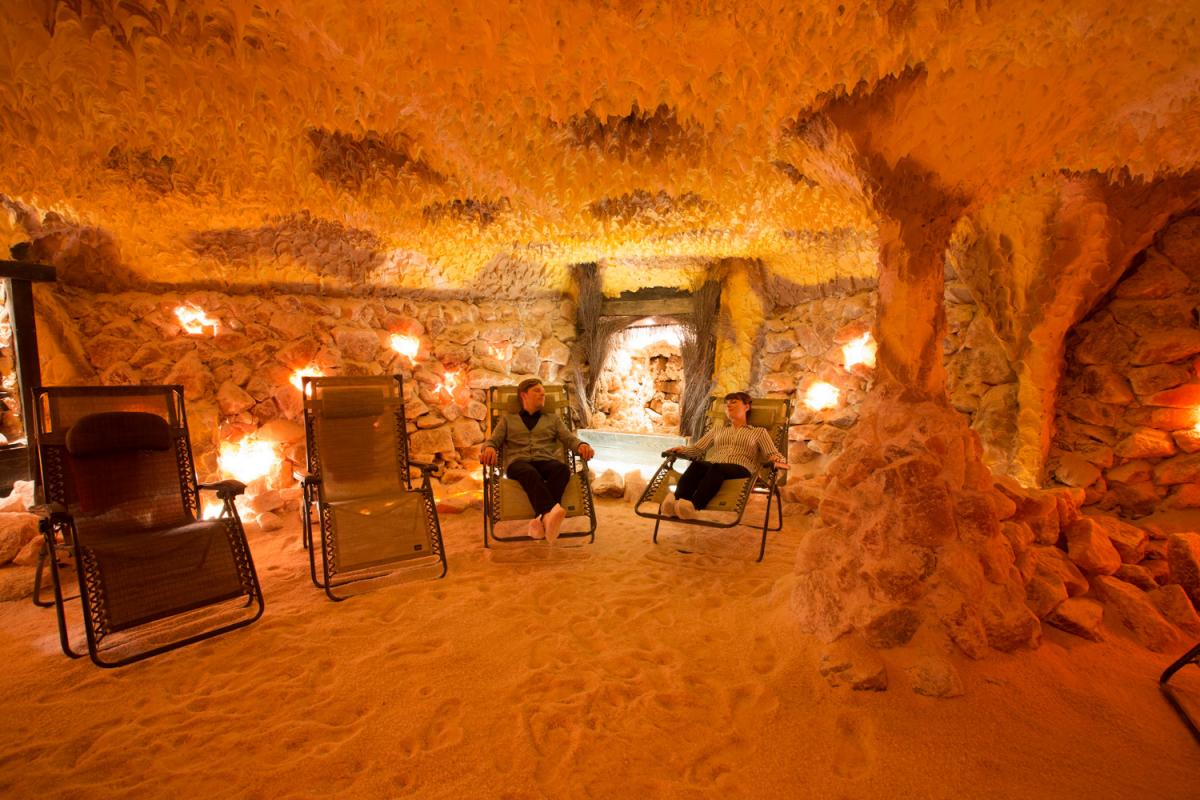
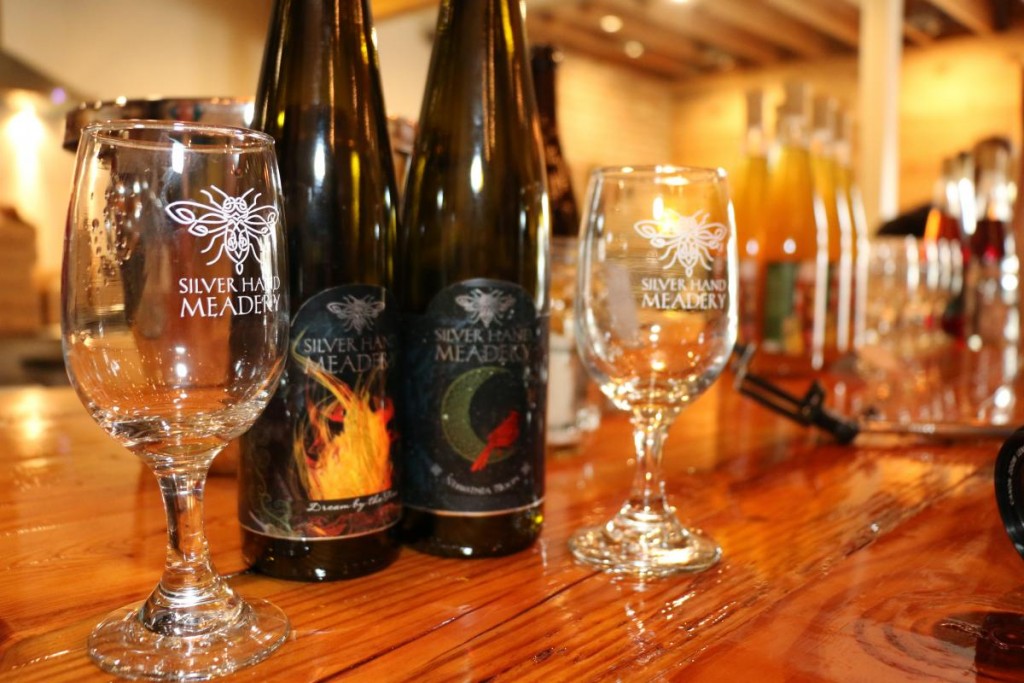
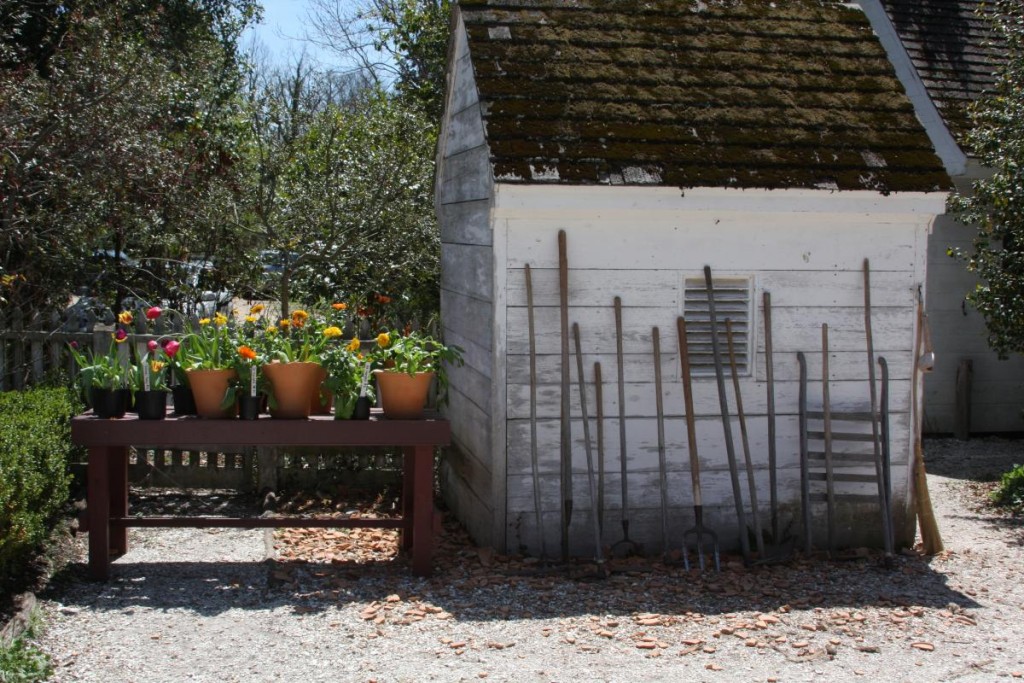
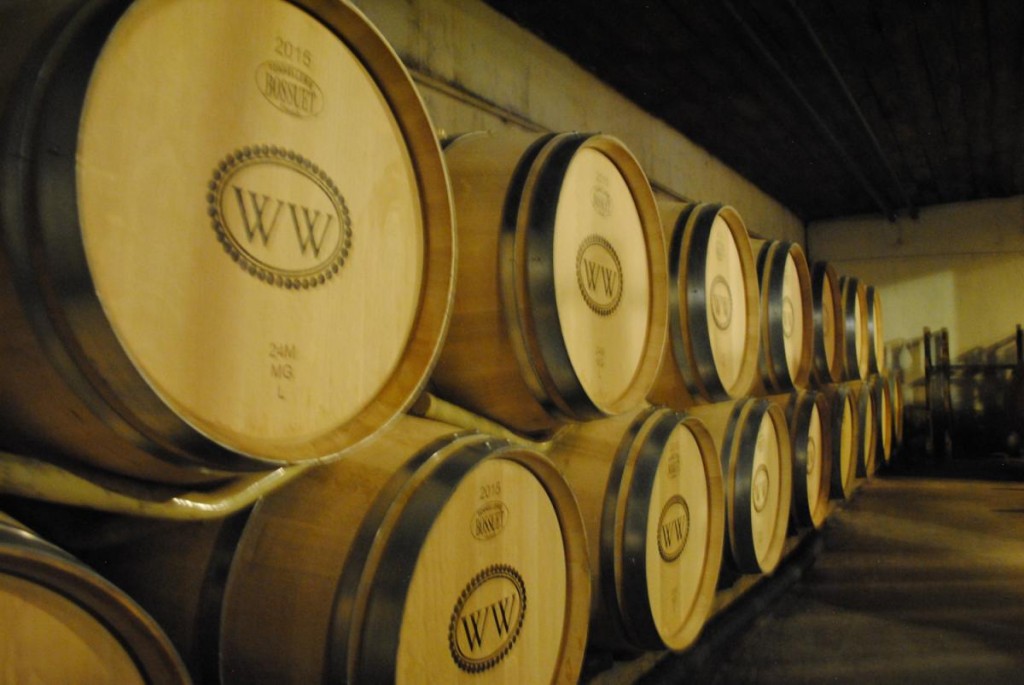
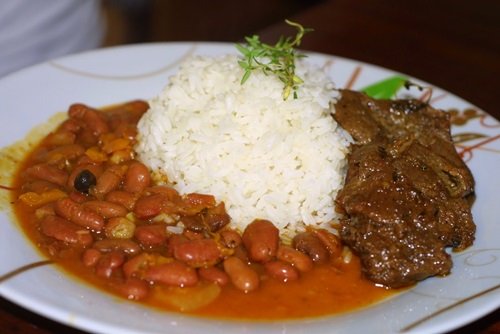


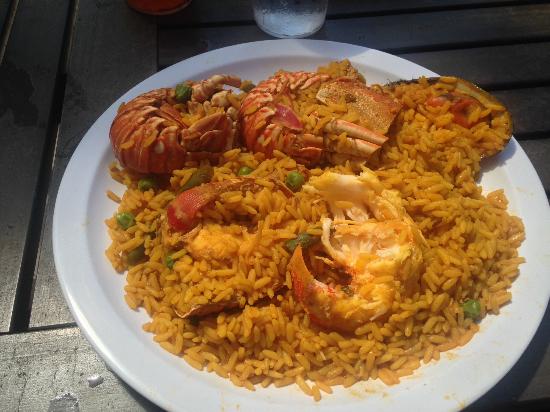
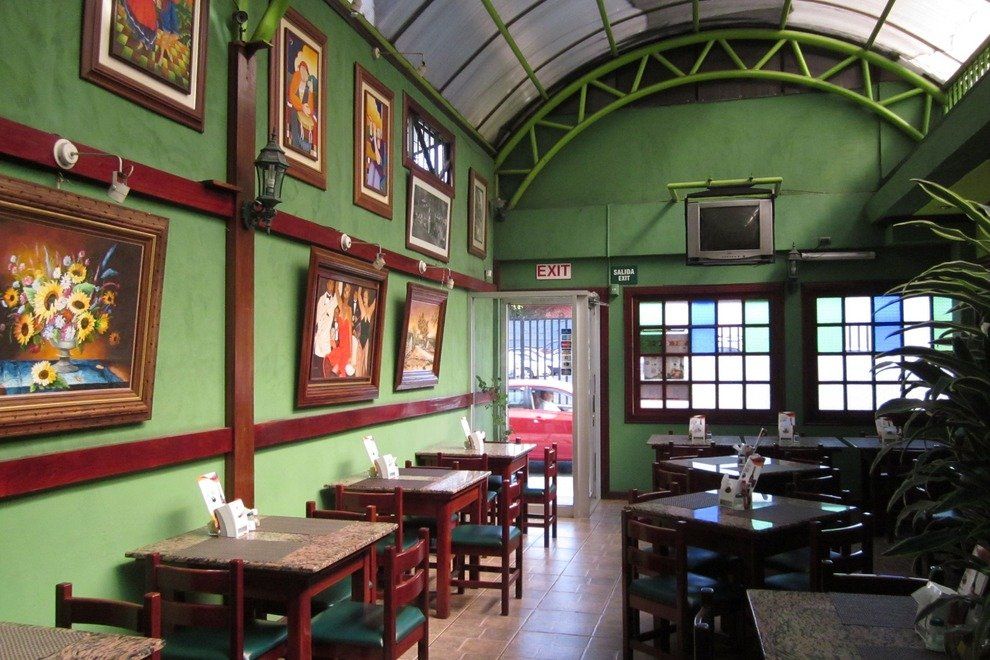

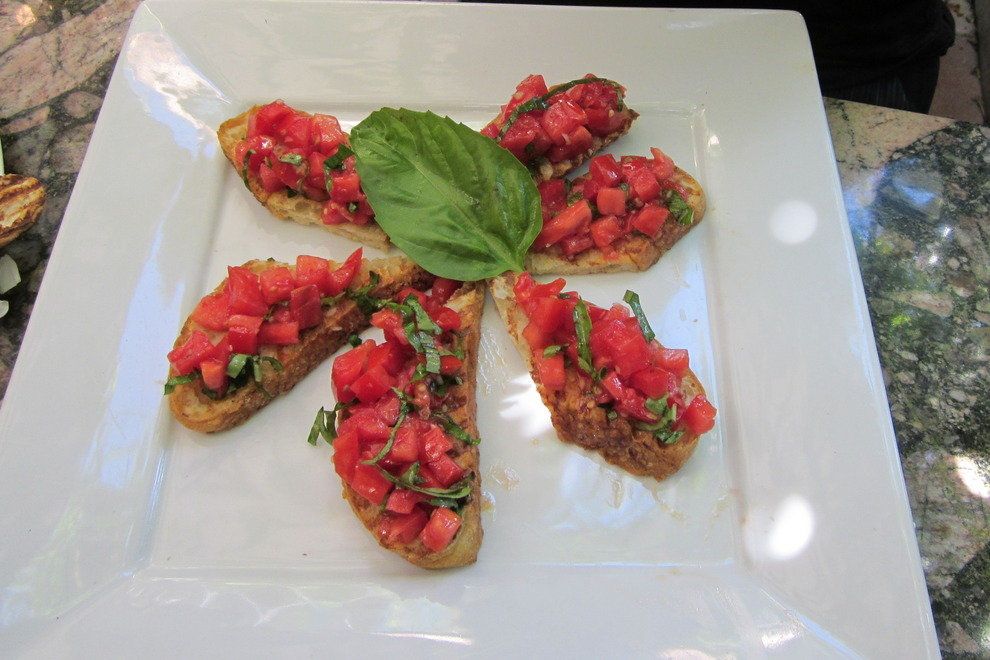

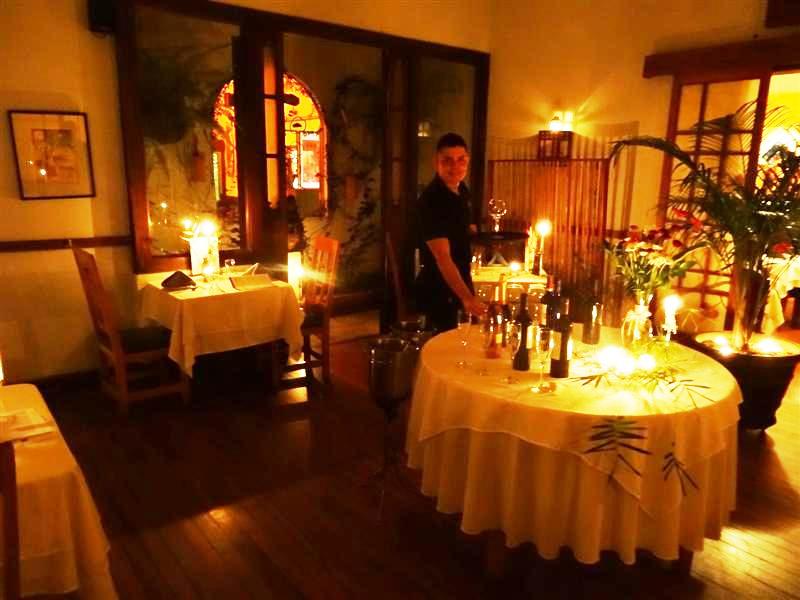
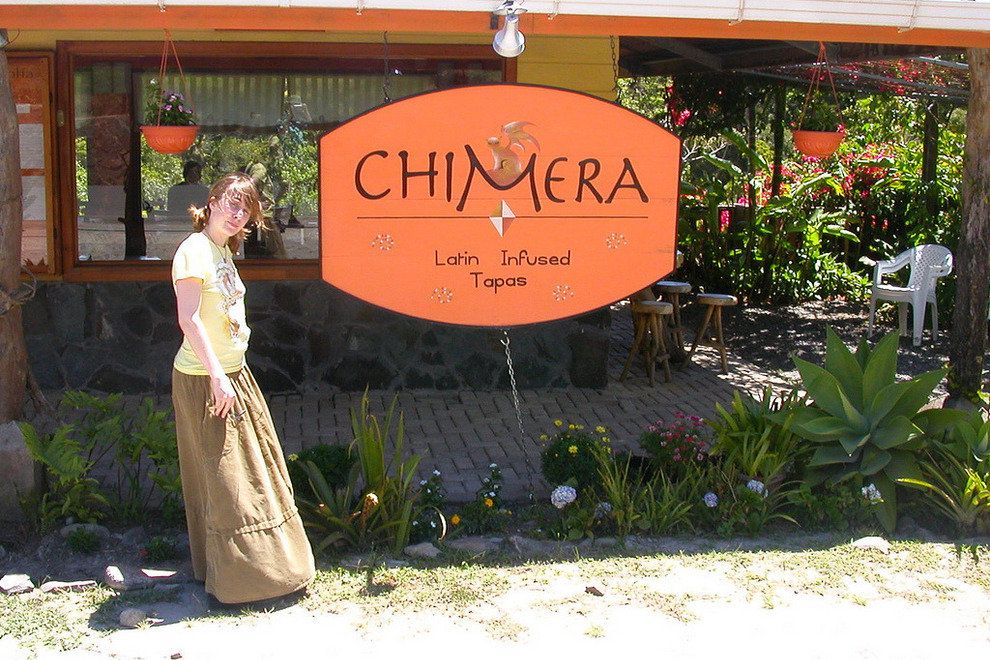
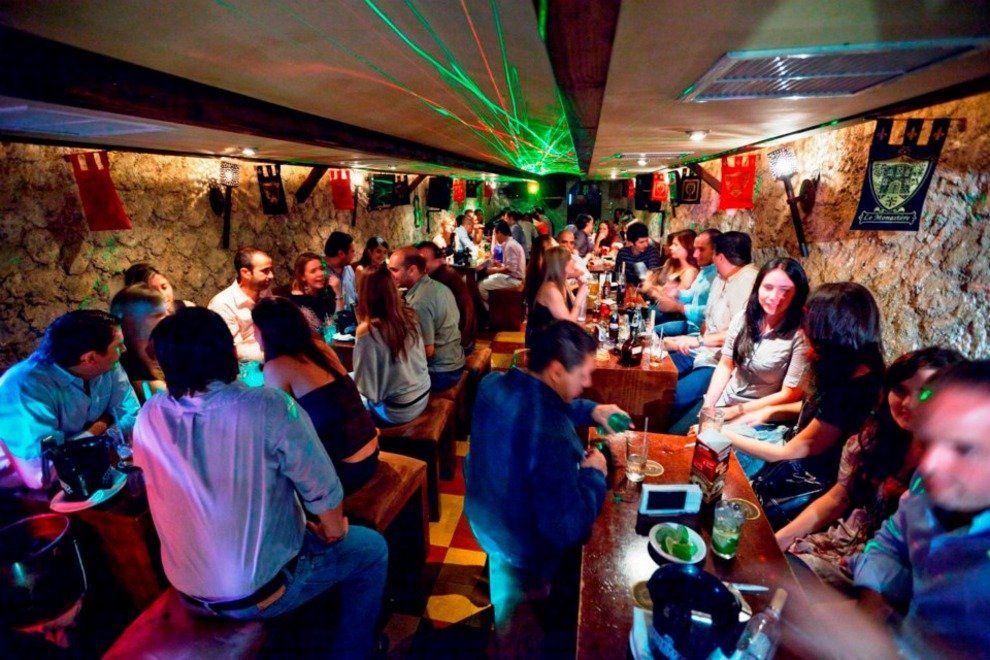
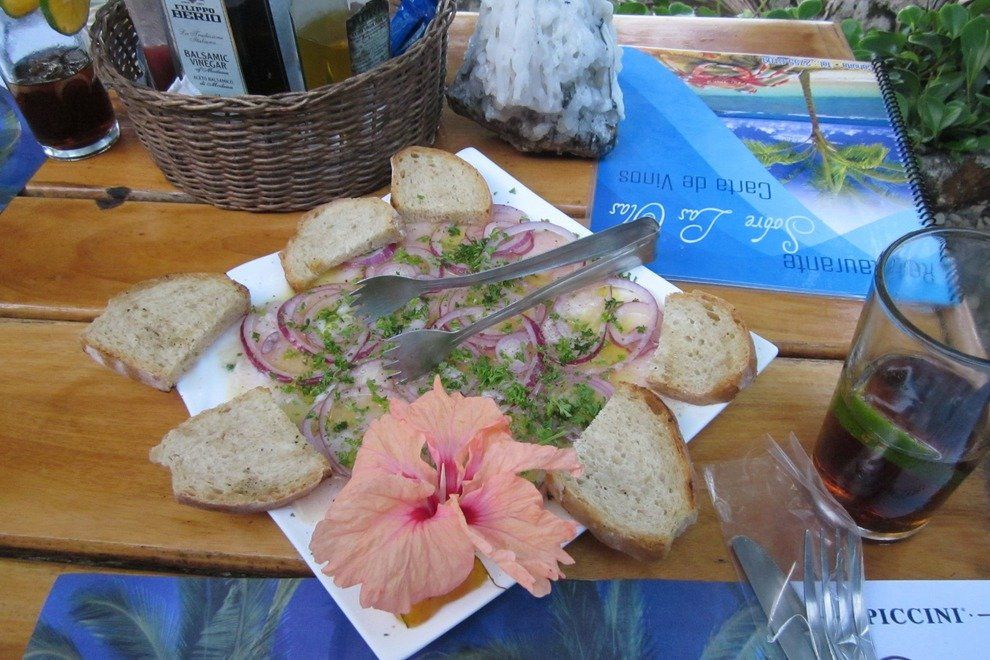

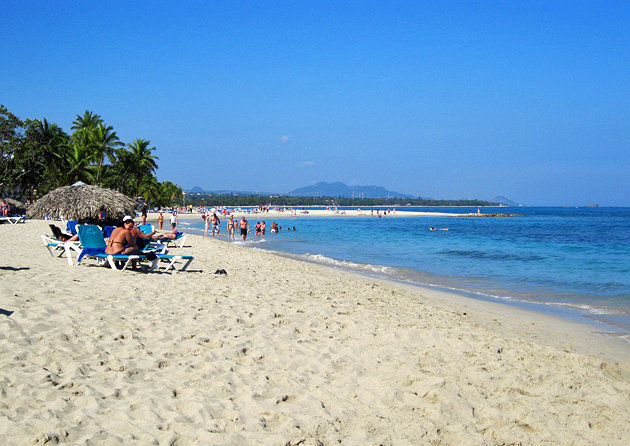
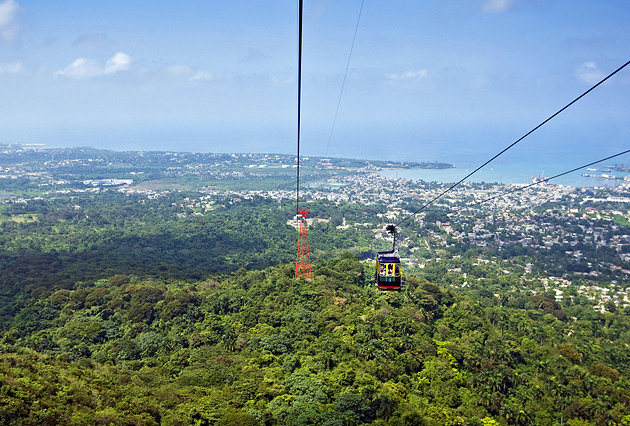
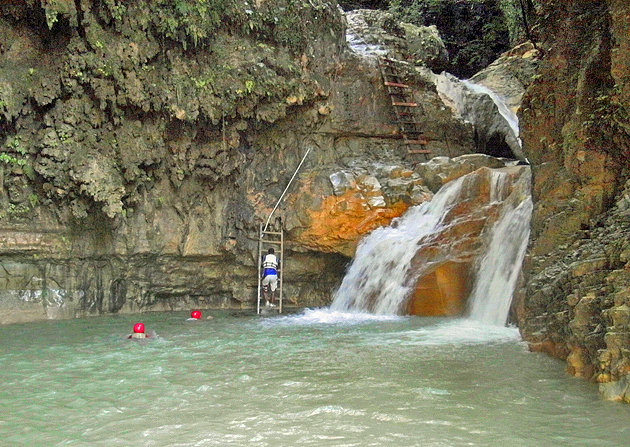
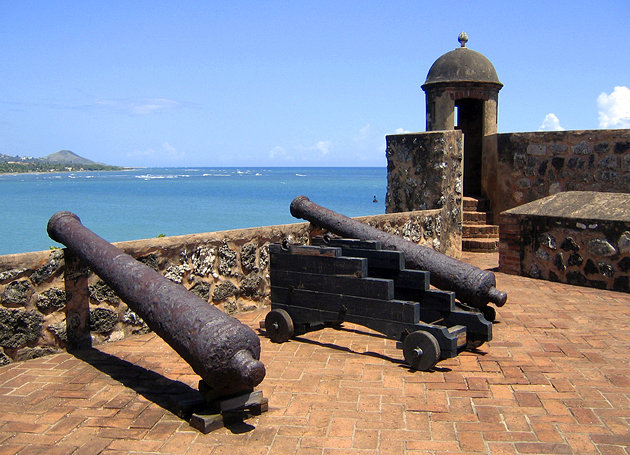
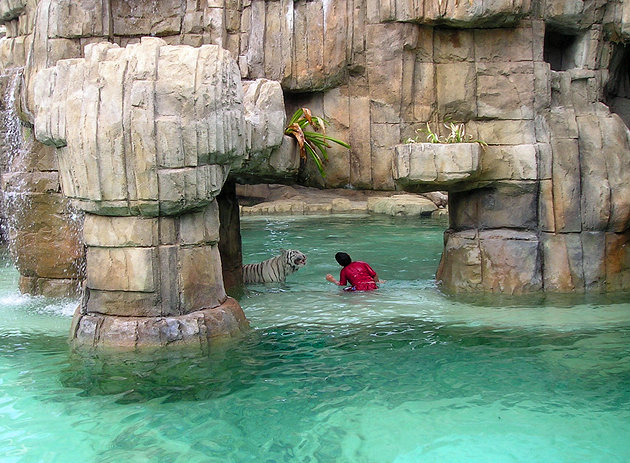
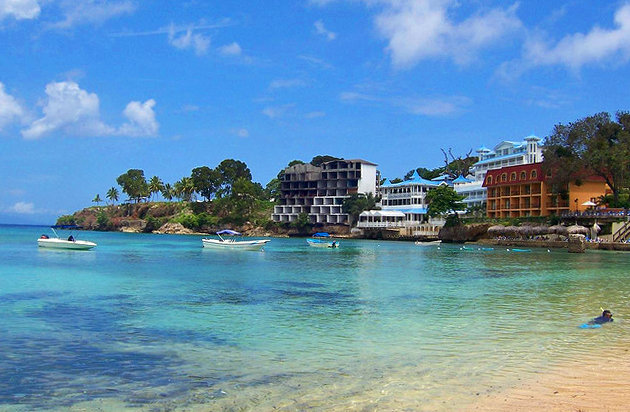

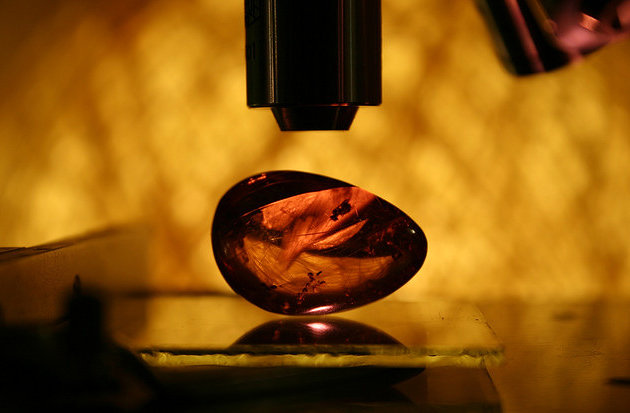
Recent Comments